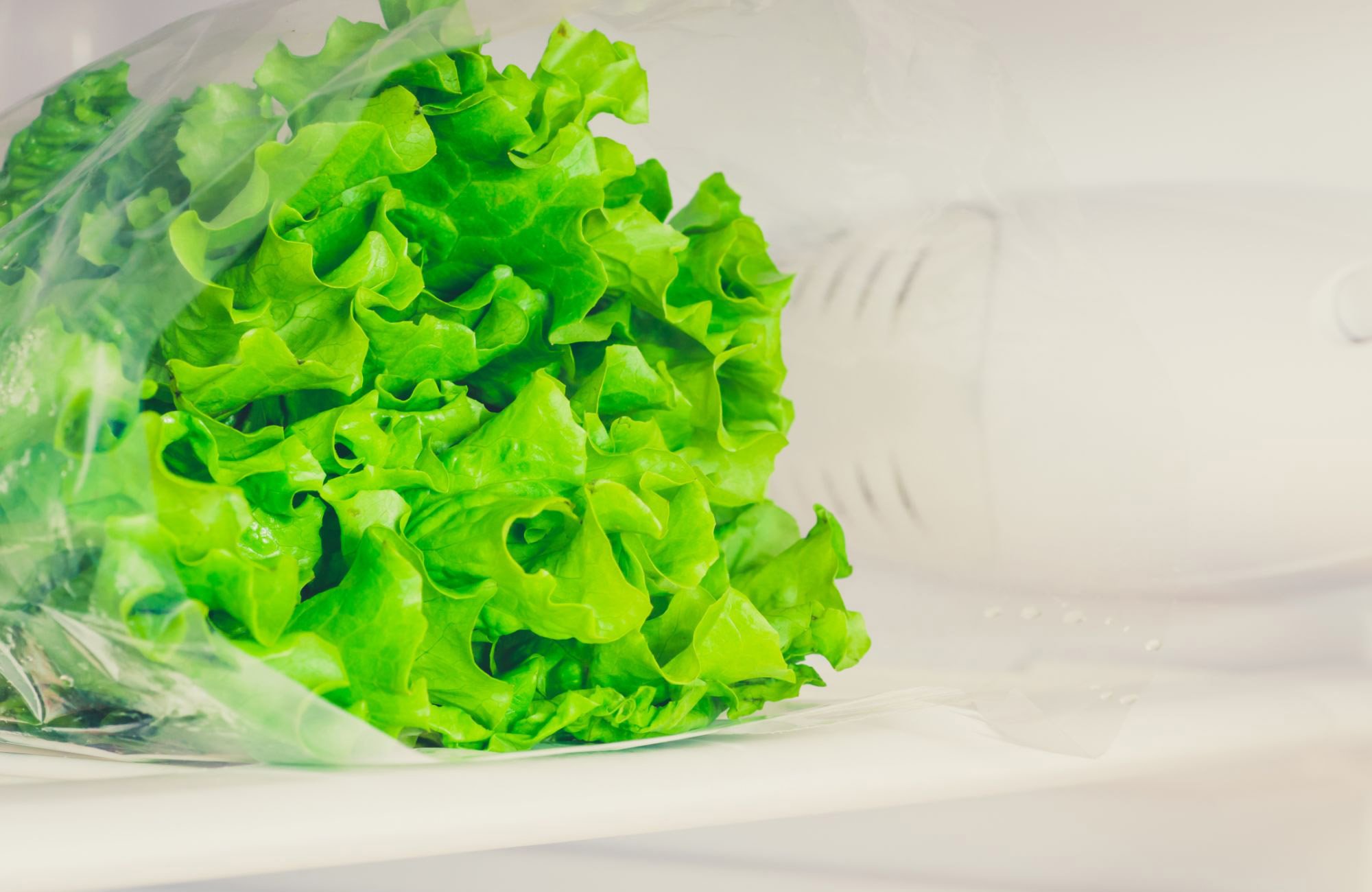Green leafy vegetables are important sources of fiber and nutrients, but they can also be home to pathogens that are harmful to health. Lettuce has often been involved in outbreaks of food-borne illnesses, so it's essential to know why and how to act.
Recently, a team of scientists from the University of Illinois Urbana-Champaign in the United States analyzed the factors that affect Escherichia coli (E.coli) contamination in five different leafy greens - romaine lettuce, green leaf lettuce, spinach, Kale and collard greens.
In the laboratory, the researchers infected the leaves of each of the five vegetables with one type of E.coli and observed what happened after storing them at 4°C, 20°C and 37°C.
According to SciTechDaily, the team found that susceptibility was determined by a combination of temperature and leaf surface properties, such as roughness and natural wax coating.
"At room temperature or higher, E. coli grows very quickly on lettuce, but if the lettuce is refrigerated at 4° C, we see a sharp decline in the population. However, for waxy vegetables such as kale and collard greens, we obtained the opposite results. In these vegetables, E. coli grows more slowly at higher temperatures, but if it is already present, it can survive longer under refrigeration," said researcher Mengyi Dong.
Even so, kale and collard greens proved to be less susceptible to E. coli contamination than lettuce. In addition, these vegetables are usually cooked - which kills or inactivates the bacteria, while lettuce is eaten raw.
The scientists believe that rinsing the lettuce helps, but does not eliminate all the bacteria due to its strong attachment to the leaf.
In the same research, the team concluded that "whole leaves and freshly cut leaves present different situations". "When the leaf is cut, it releases a plant juice, which contains nutrients that stimulate bacterial growth," explained Dong.

However, the scientists discovered that the juice of spinach, kale and collard greens had antimicrobial properties that protected it against E. coli.
To exploit these findings, the scientists isolated the juice of Kale and Kale and applied the liquid to lettuce leaves, discovering that it can be used as a natural antimicrobial agent.
The scientific article was published in Food Microbiology.




